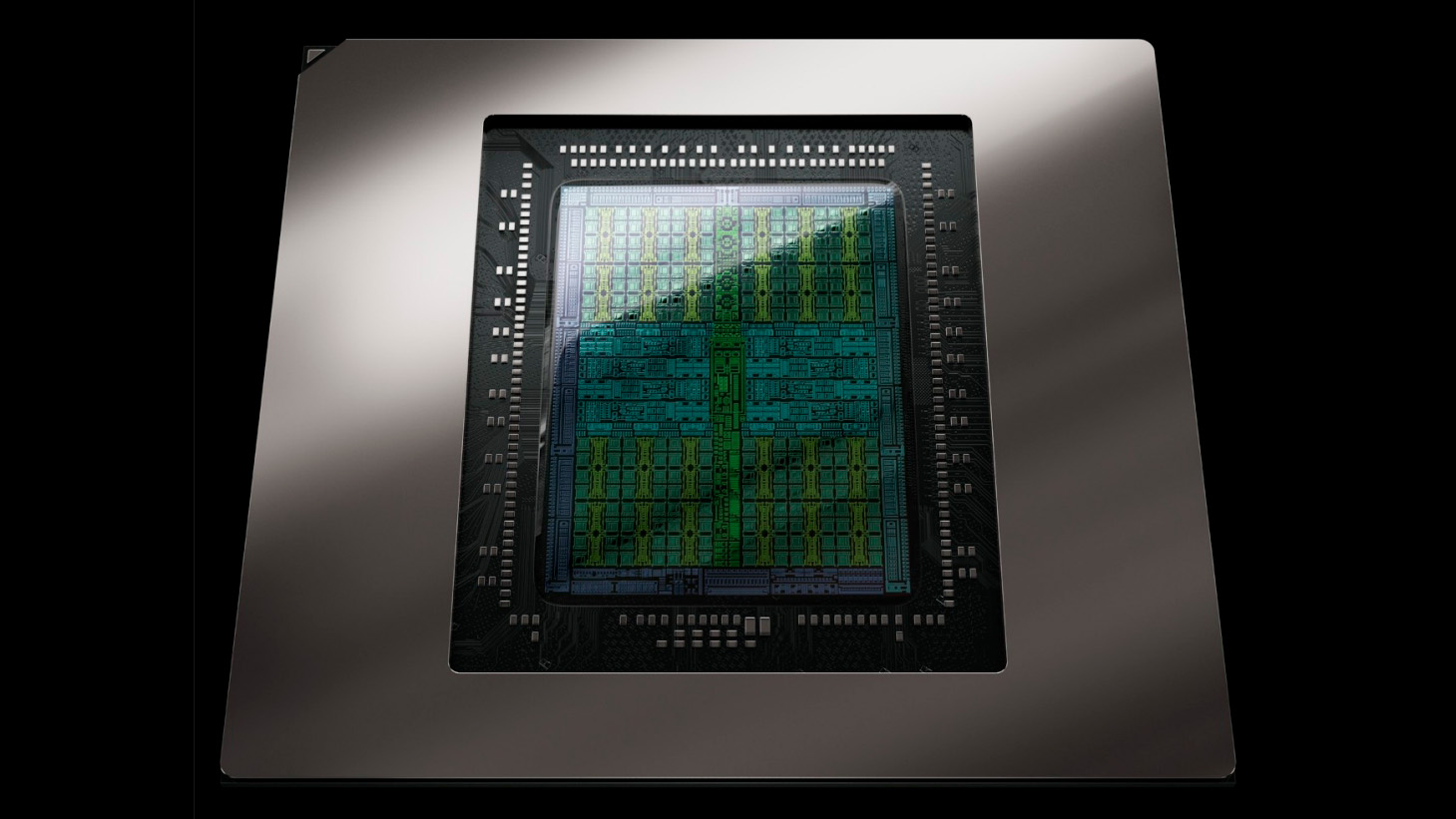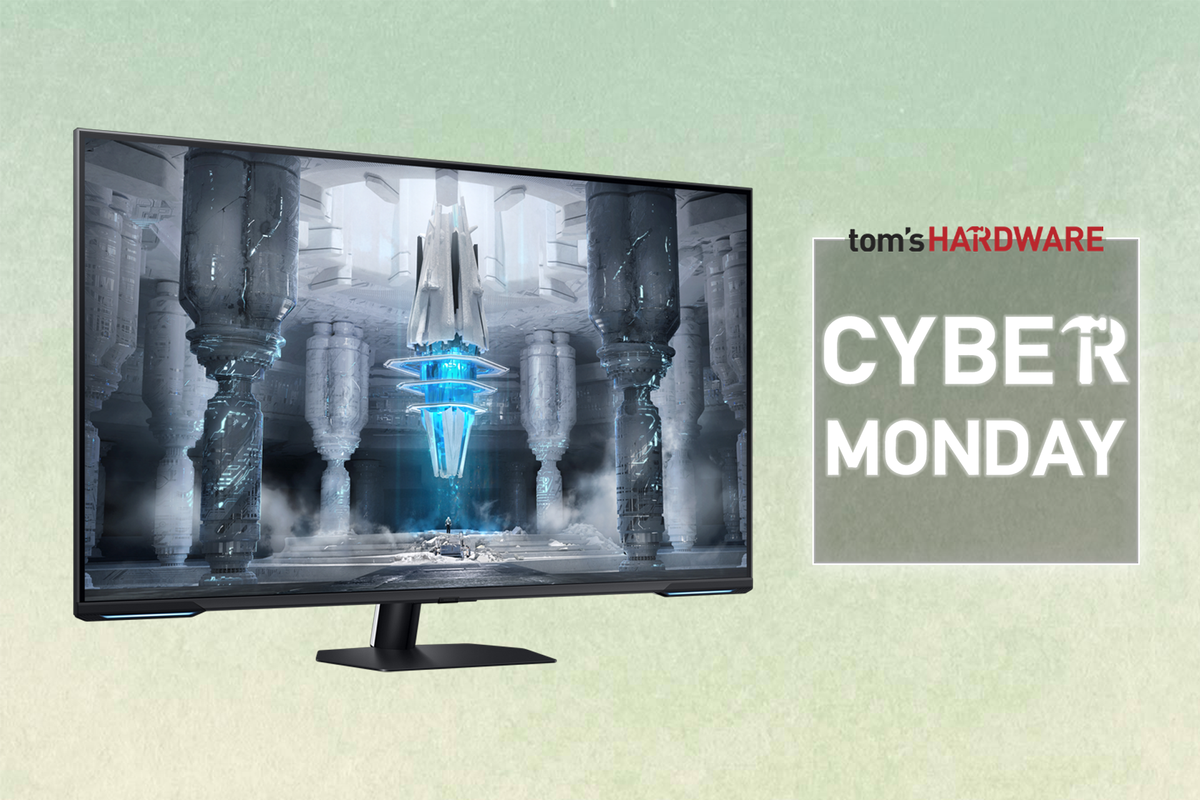The German IT company Kiebel (via momomo_us) has inadvertently disclosed the specifications of the unreleased GeForce RTX 5050. The entry-level Blackwell graphics card is anticipated to launch shortly, ushering in a new generation of budget-conscious gaming laptops.
Kiebel has listed the GeForce RTX 5050 as part of the vendor's Helix 13 laptops. Consequently, the specifications correspond to the mobile variant of the GeForce RTX 5050 and should not be confused with the desktop variant, although both variants may share some similarities.
According to Kiebel, the GeForce RTX 5050 will reportedly feature the GB207 silicon, which may represent Nvidia's smallest Blackwell silicon. The precise die size remains unknown at this time; however, it is a given that GB207 will be produced using TSMC's 4N FinFET process node, like all previous Blackwell silicon.
The German vendor appears confident that the GeForce RTX 5050's silicon will be delivered featuring 20 Streaming Multiprocessors (SMs), equivalent to 2,560 CUDA cores. If this information is accurate, the forthcoming Blackwell-powered graphics card is also expected to be equipped with 80 5th-generation Tensor cores and 20 4th-generation RT cores.
The configuration is reminiscent of the one employed by Nvidia for the previous generation GeForce RTX 4050 Laptop GPU. Nevertheless, the GeForce RTX 5050 is complemented by the latest Blackwell architecture, which should yield noticeable performance enhancements on its own.
Nvidia GeForce RTX 5050 Specifications*
Swipe to scroll horizontally
Architecture | GB207 | AD107 |
Process Technology | TSMC 4N FinFET | TSMC 5nm |
Transistors (Billion) | ? | 18.9 |
Die size (mm²) | ? | 159 |
SMs / CUs | 20 | 20 |
GPU Shaders (ALUs) | 2,560 | 2,560 |
Tensor / AI Cores | 80 | 80 |
Ray Tracing Cores | 20 | 20 |
Base Clock (MHz) | 2,235 | 1,455 |
Boost Clock (MHz) | 2,520 | 1,755 |
VRAM Speed (Gbps) | ? | 16 |
VRAM (GB) | ? | 6 |
VRAM Bus Width | 128-bit | 96-bit |
L2 / Infinity Cache (MB) | ? | 12 |
Render Output Units | 48 | 48 |
Texture Mapping Units | 80 | 80 |
TFLOPS FP32 (Boost) | 12.9 | 8.9 |
TFLOPS FP16 (INT4/FP4 TOPS) | 12.9 | 8.9 |
Bandwidth (GB/s) | ? | 192 |
TBP (watts) | ? | 50 |
*Specifications are unconfirmed.
The GeForce RTX 5050 appears to exhibit significantly elevated clock speeds. Kiebel has detailed the graphics card's specifications, noting a base clock speed of 2,235 MHz and a boost clock speed of 2,520 MHz, which are 54% and 44% higher, respectively, than those of the GeForce RTX 4050 Laptop GPU. For those interested in the FP32 metric, the GeForce RTX 5050 provides up to 45% higher FP32 performance than the GeForce RTX 4050 Laptop GPU.
Kiebel's listing confirms that the GeForce RTX 5050 will likely have 8GB of memory capacity and a 128-bit memory interface. There were rumors that it would feature GDDR7 memory.
Still, recent information, allegedly obtained from Nvidia partners, seemingly indicates that the Blackwell-based graphics card will instead stick to GDDR6 because of cost and availability concerns. To secure a reliable supply of GDDR6, Nvidia's partners are said to be placing orders with Samsung and SK hynix. Unfortunately, Kiebel did not provide details on the speed of the GDDR6 memory, making it impossible to compare the memory bandwidth of the GeForce RTX 5050 with its predecessor.
Kiebel offers delivery times between three and seven days on its Helix 13 laptops with the GeForce RTX 5050. We've also seen GeForce RTX 5050-equipped laptops popping up everywhere. Asus Vietnam has listed the ROG Strix G16 (G615JHR-S5069W) on its website with a placeholder price tag. Meanwhile, Lenovo's Legion 5i (83LY0024CC) is already up for purchase at Newegg for $2,233. It shouldn't take long before Nvidia officially announces the GeForce RTX 5050.
Follow Tom's Hardware on Google News to get our up-to-date news, analysis, and reviews in your feeds. Make sure to click the Follow button.

 5 months ago
64
5 months ago
64






 English (US) ·
English (US) ·